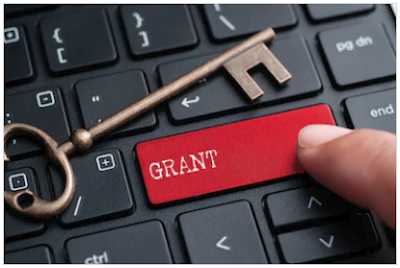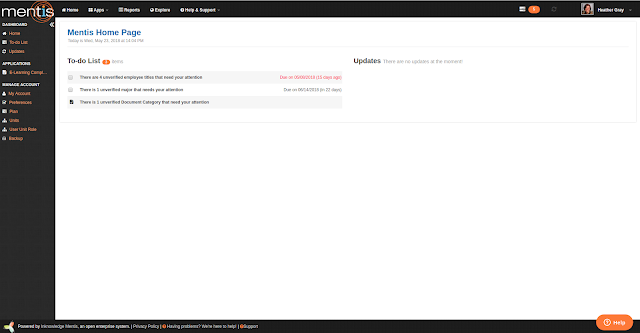How To Manage Licensure Requirements For E-Learning Compliance?
As the awareness of state authorization of higher education institutions has increased, so has the realization of the relationships between state authorization entities and professional licensing boards. State authorization is a formal determination by a higher education agency commonly a higher education board or commission that allows an institution to conduct certain activities within its borders. Distance education allows a student taking courses in one state to earn a degree from an institution located in another state, the state authorization entities have become very concerned that licensure-track programs meet professional licensure requirements in their state. Professional licensing boards require an institution to have state authorization before they review and determine if the programs meet their licensing requirements. Institutions need to maintain licensure requirements as per the states and programs.
Licensure requirements vary for the state to state, depending on state laws and may include a number of factors such as completion of a bachelor's degree program, submission of transcripts, completion and clearance of a background check and passing of required entrance exams and basic skills tests.
E-Learning Compliance application in Mentis provides a one-stop solution to manage the licensure requirements with actual hours specification as per the states and programs.
E-Learning Compliance by Inknowledge
E-Learning Compliance application assists an institution in the management of their state authorization process. The application assists an institution in the broad areas like tracking authorization processes and current status of authorization of each State Authorization Agency, maintain a database of online programs, faculty,students and other related data as needed, collect information from university staff, students and faculty via user-friendly online forms, manage all documentation and communication exchanged with state authorization agencies, generate predefined reports in a dashboard-style format with multiple drill-down levels and generate todo’s and updates to help university staff stay updated with the authorization process.
Features of E-Learning Compliance:
1. With the E-Learning Compliance, you can get started with a ready to use and comprehensive database of state entities and licensure boards covering over 35 different professions.
2. The physical presence tracker in E-Learning Compliance helps you to record and track all business, employment, advertisement, instruction and recruitment activities by the program.
3. E-Learning Compliance provides direct integration with your student information system which helps you to analyze your student enrolment numbers with your licensure and authorization status. You can also know the students that need to be contacted and proactively monitor your compliance.
4. A repository of all your program related information is provided in E-Learning Compliance, so your program coordinator can also maintain these details.
5. It provides a one-stop solution to manage the licensure requirements with actual hour's specification as per the states and programs.
6. You can maintain notes and documents related to your research on licensure requirements, employee files, internal discussions and call logs. This notes can be edited and shared with your entire team and allows you to build a usable knowledge base.
7. You can track expense for each authorization and licensure by category. Maintain remarks and use expense reports for budget reporting or planning.
8. You can create a centralized repository of all your related documents by just drag and drop of multiple files to upload or reuse previously uploaded files.
9. You can save your time with tools and services like auto-reminders, to-dos and automatic website publishing. The pre-built, customizable, public-facing explore portal automatically update your disclosures for you.
10. The prebuilt analytical reports in E-Learning Compliance helps you to gather information and derive insights. You can also use rules to filter records for visualization or reporting. You can export the data to work offline or directly grab a snapshot for including in your business reports.
Note: The author of this article is working with Inknowledge.
For more information, please visit our official website Inknowledge Inc. You can also contact us at info@inknowledge.com.




Comments
Post a Comment